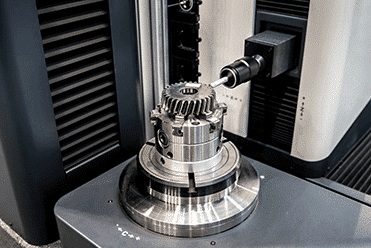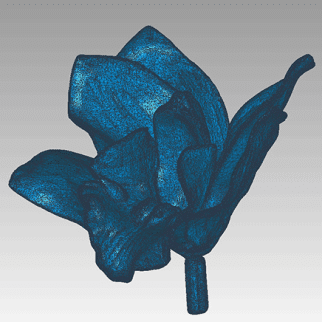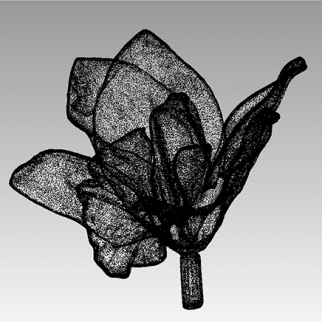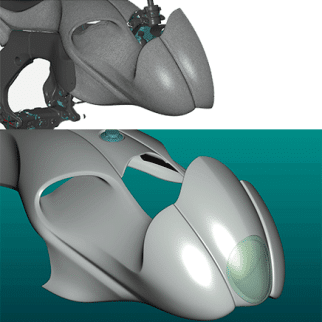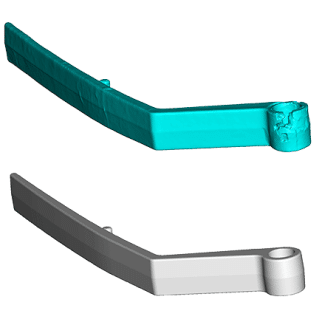Reverse engineering
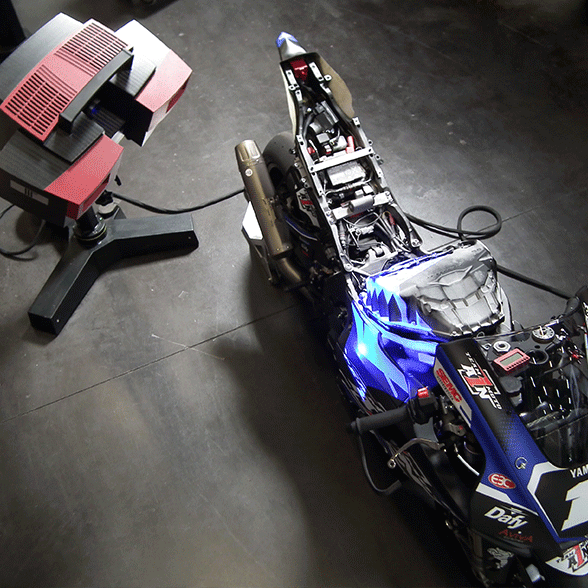
From a 3D scan to a 3D file
The aim of this stage is to transform the data from the 3D scan into a file that is fully compatible with your CAD software.
- Our equipment comprises the best scanners on the market.
- Once we have identified your needs together, the resulting file will match your requirements precisely.
- Our expertise and technical knowledge of the products ensures optimum service as we work closely with your departments.
Ideal use of measurements
- Examine a new product using the old design developed without CAD.
- Develop a product from a design mock-up
- Improve produce performance and/or features.
- Re-build an injection / moulding / stamping tool for which you have no 3D file, incorporating improvements made over time.
- Swiftly deploy preliminary design with tangible geometric elements to use (mechanical or electronic elements, boxes, chassis, etc.).
- Analyse a COTS product to define and adapt your own constraints.
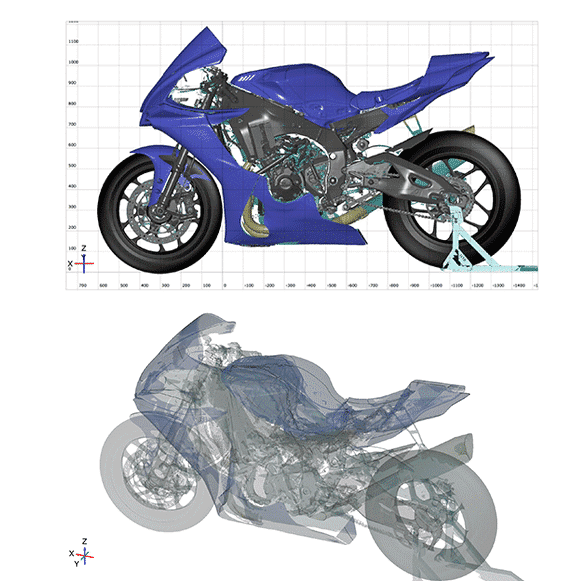
2 types of reverse engineering
We offer Rapid or Standard reverse engineering depending on your needs.Rapid reverse engineering
This type of file guarantees you a complete reconstruction.
Its structure is suitable for very complex shapes, for example sculptures or organic shapes (animals or plants).
- Benefits: controlled costs, swift creation, compatible with all CAD and CAD/CAM solutions.
- Limits: very limited later modifications possible, unsuited to prismatic geometries.
- Formats: .iges or .step.
Standard reverse engineering
These files are identical to those traditionally generated in CAD.
The difference lies in the way the information derived from the digitisation is used.
They enable the perfect definition of all forms, produce perfect geometries and incorporate technology-related constraints into the manufacturing process.
We can also offer you files configured with their chronological design tree view.
- Benefits: precise and editable definition of geometries, perfect for prismatic geometries.
- Limits: production cost and time, difficulty to recreate very complex geometries.
- Formats: .iges, .step, parasolid or native CAD files.
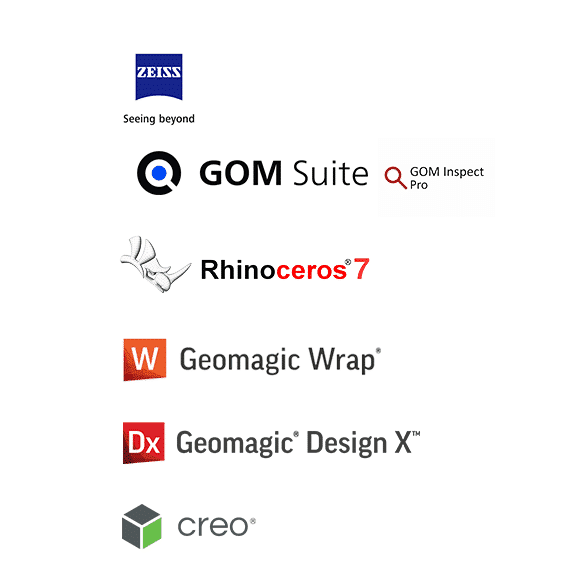
Technical expertise
The know-how of our technicians and the performance of our equipment enable high quality work on complex geometries that are difficult to model.
We use specialist software solutions that optimise the use of the measurements we take:
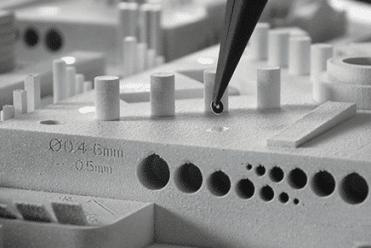
3D scanning
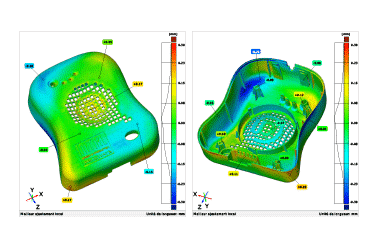
3D Scan inspection
